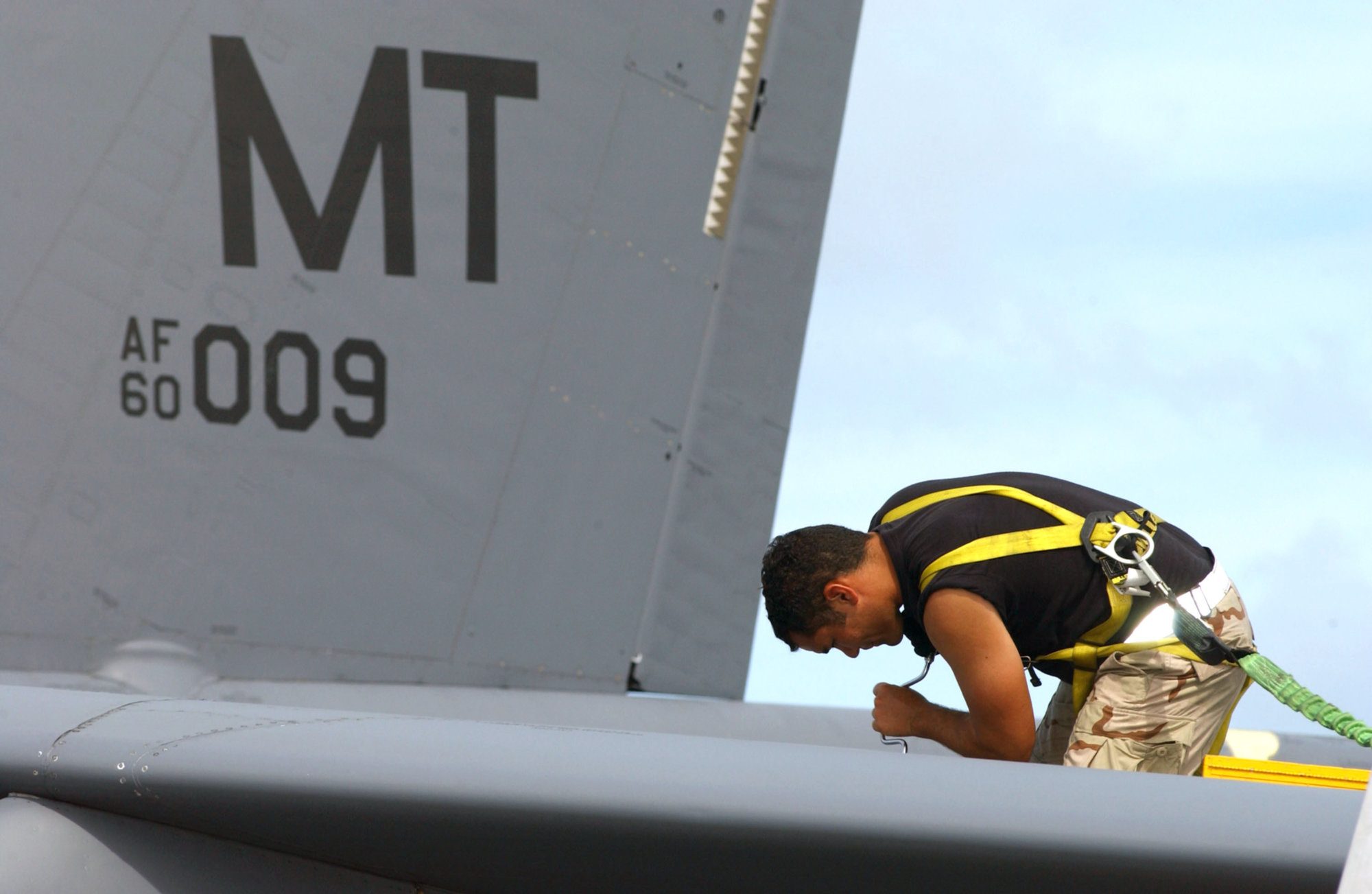Aerospace power affords individuals at the strategic, operational, and tactical levels of the national security enterprise highly effective options to deter adversaries and reassure allies during times of peace, while projecting war-winning capabilities during conflicts. In an era where the severity and volume of advanced threats is on a sharp ascent, these options are exceedingly important. However, robust aerospace power is not a guarantee. It takes prudent leadership, an insightful vision, and dedicated investment.
The origins of aerospace power trace back to the skies of World War I, when aviators looked down at the bloody trench lines below and determined that instead of fighting through an enemy’s fielded forces, they could fly over the opposing forces and strike at the heart of an enemy’s war-making enterprise—things like factories, command and control centers, supply depots, and logistics lines. Missions like air superiority and aerial reconnaissance also evolved as demand and opportunity dictated.

History
In the 1920s and 1930s, airmen developed concepts and technologies expanding upon their airpower vision. These gains were put to the test in World War II, with strategic air operations radically altering the calculus in both the European and Pacific Theaters. Anyone doubting the impact of this contribution should consider that it took soldiers storming the beaches of Normandy in June of 1944 eleven months to reach the heart of Germany in concert with strategic and tactical air operations—the same territory that saw nearly half a decade’s worth of stalemated attrition-based ground conflict between 1914 and 1918. The difference was airpower. In the Pacific, bombing operations brought an end to the war without an invasion of the Japanese home islands—saving untold numbers of lives on both sides.
During the Cold War, airmen wasted little time proving their unique value. When the Soviet Union blockaded Berlin, a massive airlift allowed the Western Alliance to keep the civilian population supplied with the vital necessities, avoid an overt conflict, and subvert adversary intent. Going over, not through proved to be the key option in this exceedingly difficult situation. Airmen also were key contributors in the realm of strategic deterrence, using the threat of nuclear strike to keep the peace. Airpower also expanded into aerospace power with expansion into space during this period. This revolutionized the fields of intelligence, surveillance, and reconnaissance (ISR), along with command and control, communication, and strategic strike via intercontinental ballistic missiles. When war did erupt, most notably in Korea and Vietnam, airmen were crucial leaders helping secure air superiority, striking both tactical and strategic targets, airlifting supplies and personnel, evacuating wounded, providing vital ISR, and facilitating command and control functions.
When the US responded to Saddam Hussein’s invasion of Kuwait in 1991 through Operation Desert Storm, aerospace power capabilities had ascended to a level where the vision of the original pioneers could be fully manifested. US airmen afforded joint and coalition partners unrivaled situational awareness and robust command and control abilities thanks to air and space assets. Highly advanced air superiority aircraft like the F-15 and F-16 were able to control the sky, a prerequisite for successful operations in all domains. The combination of stealth and precision weaponry saw airmen able to fly into the heart of one of the most heavily defended regions in the world, hit targets with unprecedented accuracy, and return home safe. Naysayers who had long challenged aerospace power’s contribution to the nation were hard pressed to challenge such unambiguous success. Nor was it an accident. Victory was attained in a rapid fashion with minimal US and allied casualties thanks to a smart aerospace-minded strategy and a concerted investment in key aerospace capabilities in the years following the Vietnam War. In the years following Desert Storm, aerospace power capabilities were repeatedly called into action in places like Bosnia, Kosovo, as well as the no-fly zones over southern and northern Iraq.
However, despite tremendous success, the end of the Cold War saw national leaders call for significant defense reductions—with those cuts still in place. In 1990, the Air Force possessed 2,893 fighter aircraft, today it has 1,755 of these types and they average over a quarter of a century in age. In fact, a mere 18% of this inventory is comprised of F-22 and F-35s, advanced fifth generation types with the stealth and information management systems necessary to fight, survive, and win in modern aerial combat. The rest of the inventory was designed in the 1970s and were procured by the Reagan Administration. The situation is even worse for bombers, with that inventory having fallen from 661 in 1990 to 157 in 2019. Of these, only 20 B-2s were designed with the stealth technology required to successfully survive amidst modern air defense systems that cover key areas of interest. Wartime demand in Afghanistan and Iraq pushed Air Force capabilities to the brink—with nearly two decades’ worth of constant combat demand facilitated by a small, rapidly aging set of capabilities.
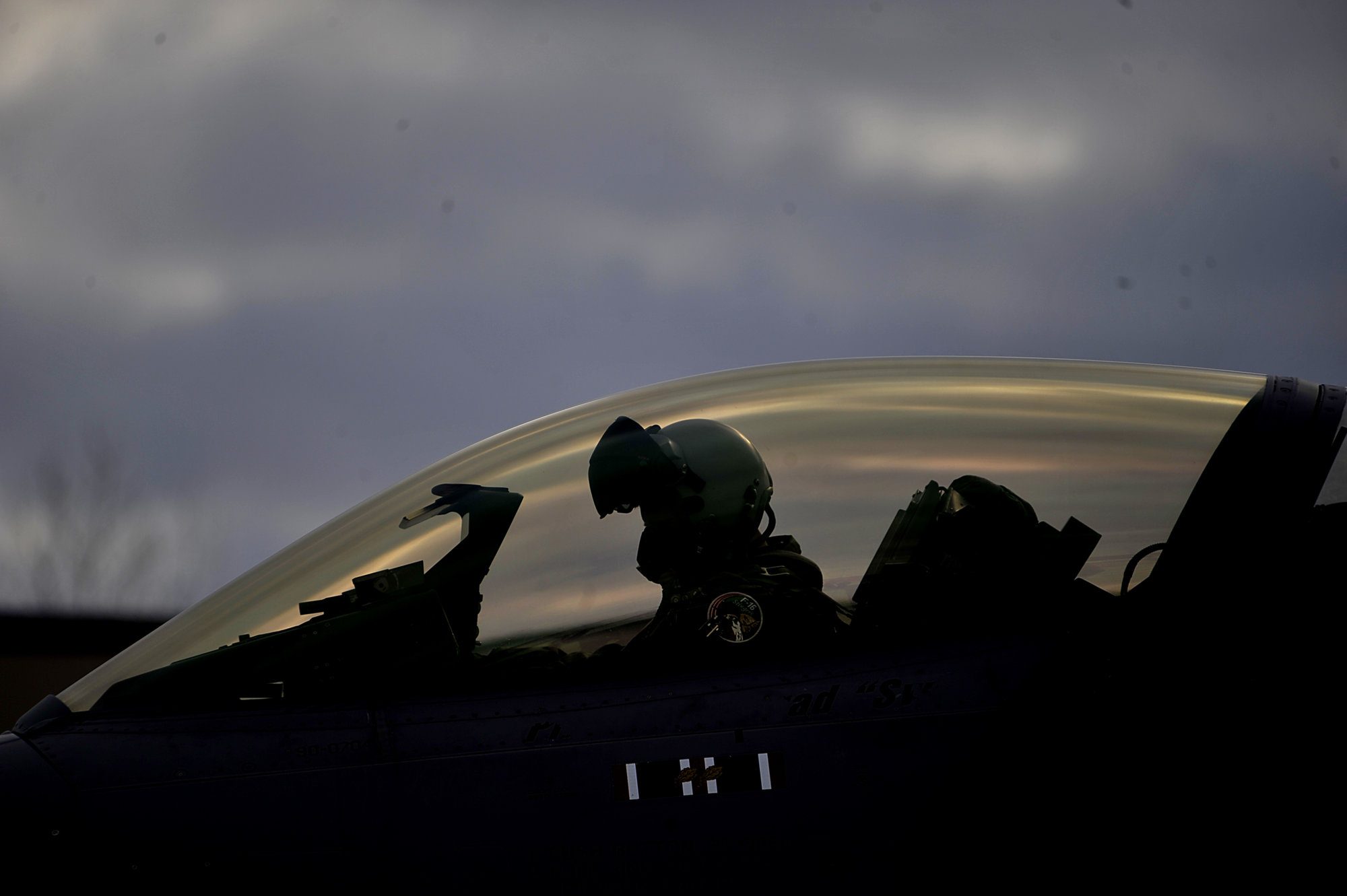
Today
Today, with China aggressively expanding its territorial zone of control in the Pacific Ocean far in excess of international norms and Russia pursuing overt acts of hostility in places like Ukraine and Syria, the global threat environment is growing to levels unseen since the Cold War. Nor are all challenges limited to great power competition. North Korea’s possession of nuclear weapons and Iran’s continued assertiveness in the Middle East are generating strategic-level threats from regional actors. Finally, persistent instability in places like the Middle East, Africa, and beyond continues to demand military attention. These challenges, combined with shortfalls throughout the Department of Defense, prompted the National Defense Strategy Commission to conclude in its November 2018 report that “America is very near the point of strategic insolvency, where its ‘means’ are badly out of alignment with its ‘ends.’” Even warning that the U.S. “…might struggle to win, or perhaps lose, a war against China or Russia…[and is] particularly at risk of being overwhelmed should its military be forced to fight on two or more fronts simultaneously.” Air Force leaders recognize the imperative to increase the quality of its capabilities and grow its capacity. As 24th Secretary of the Air Force Heather Wilson explained in a 2018 speech calling for an expansion to 386 operational squadrons from the 312 that present exist, “We must prepare.”
Key Recommendations
For the last three decades, the success or failure of U.S. military campaigns did not fundamentally threaten America’s existential security interests. This dynamic is rapidly changing in an era defined by multiple peer-nation security challenges. The Department of Defense must address “high demand, low density” mission areas that tie directly to core aspects of the 2018 National Defense Strategy, which stresses the importance of great power competition.
For the last three decades, the success or failure of U.S. military campaigns did not fundamentally threaten America’s existential security interests. This dynamic is rapidly changing in an era defined by multiple peer-nation security challenges. The Department of Defense must address “high demand, low density” mission areas that tie directly to core aspects of the 2018 National Defense Strategy, which stresses the importance of great power competition.

The Air Force must continue to highlight the gap that exists between available force structure capacity and real-world security requirements as articulated in the National Defense Strategy. Programs such as the F-35 Lightning II, B-21 Raider, KC-46 Pegasus, T-X advanced trainer, Ground Based Strategic Deterrent, and Next Generation Air Dominance aircraft are fundamental lynchpins for the future of America’s aerospace power.
The Air Force must continue to highlight the gap that exists between available force structure capacity and real-world security requirements as articulated in the National Defense Strategy. Programs such as the F-35 Lightning II, B-21 Raider, KC-46 Pegasus, T-X advanced trainer, Ground Based Strategic Deterrent, and Next Generation Air Dominance aircraft are fundamental lynchpins for the future of America’s aerospace power.
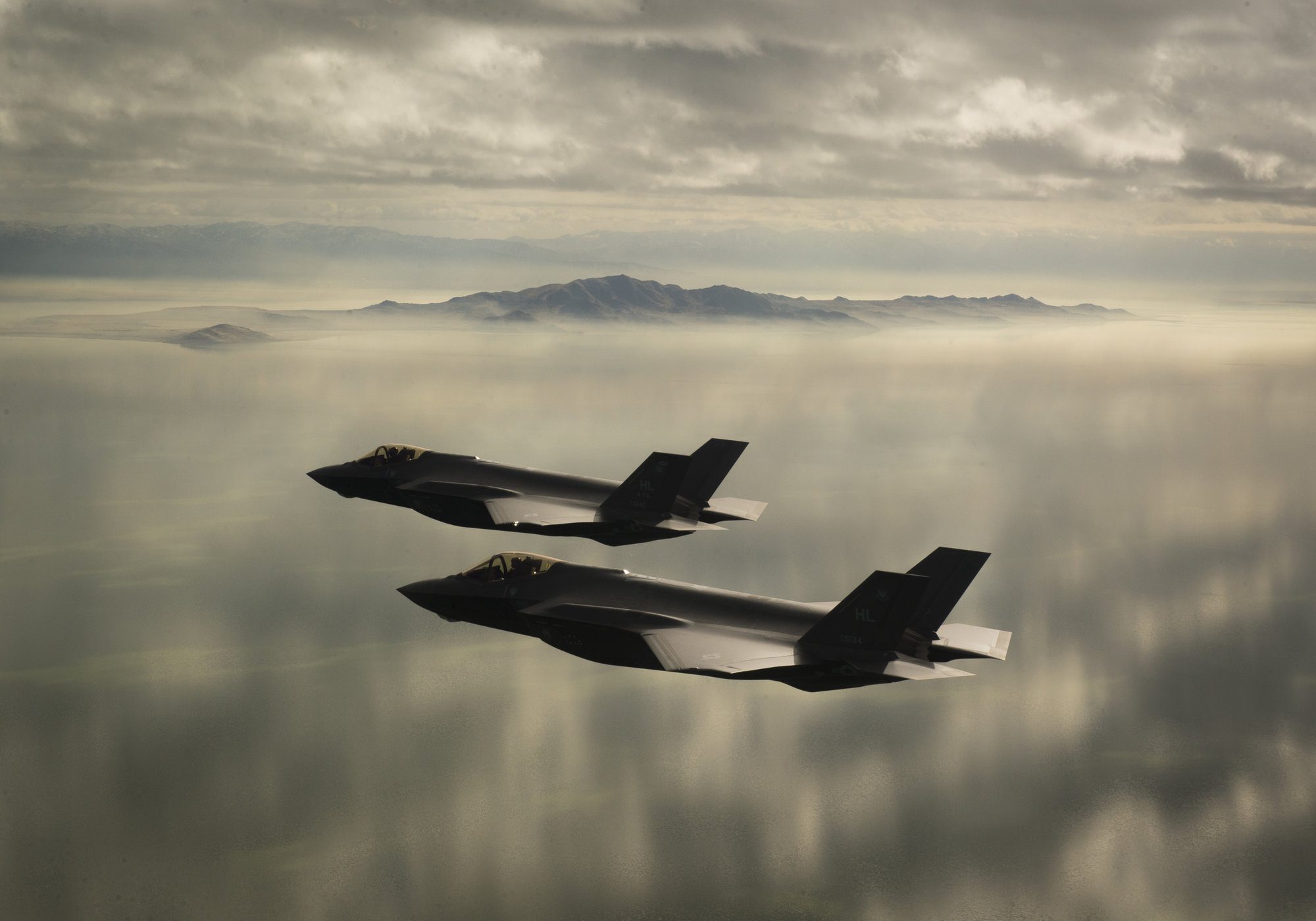
Modern combat aircraft, like fighters and bombers, must be built around fifth generation attributes of stealth, sensors, processing power, and data fusion. These are the basic requirements for basic survival, mission effectiveness, and credible power projection. The F-22, F-35, and B-21 are the heart of this force structure, with the future Next Generation Air Dominance program representing an essential step to the future in the latter half of the 2020s.
Modern combat aircraft, like fighters and bombers, must be built around fifth generation attributes of stealth, sensors, processing power, and data fusion. These are the basic requirements for basic survival, mission effectiveness, and credible power projection. The F-22, F-35, and B-21 are the heart of this force structure, with the future Next Generation Air Dominance program representing an essential step to the future in the latter half of the 2020s.
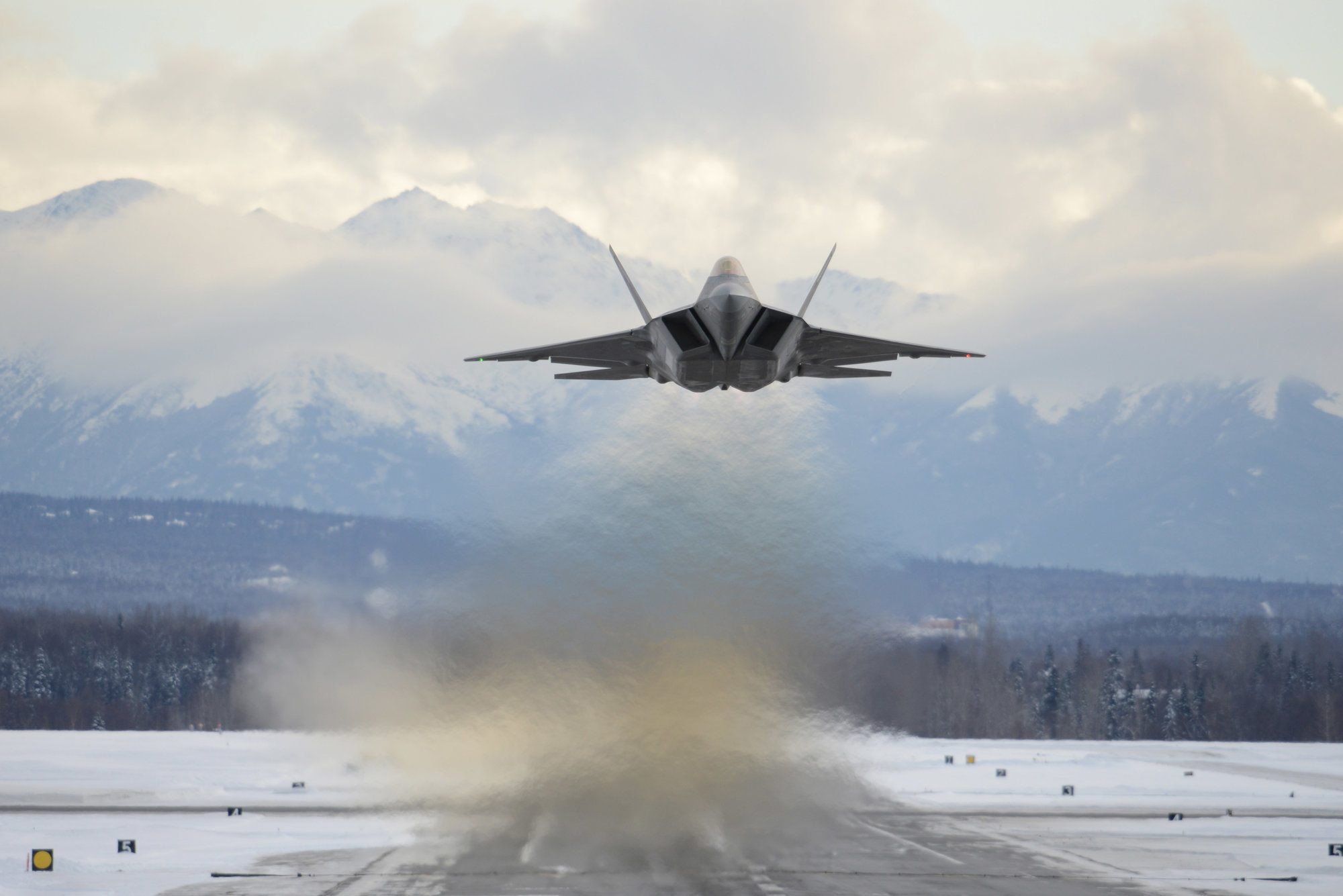
Key shortfalls must also be addressed with aerial refueling, airlift, aerial command and control, and ISR capabilities. These are foundational capabilities on which the entire joint force depends. “New” aircraft like the C-17 have been in service nearly thirty years and fifty-year-old tankers like the KC-135 have been flown hard in constant demand for decades. The KC-46 Pegasus aerial refueling aircraft stands as an imperative in this modernization effort.
Key shortfalls must also be addressed with aerial refueling, airlift, aerial command and control, and ISR capabilities. These are foundational capabilities on which the entire joint force depends. “New” aircraft like the C-17 have been in service nearly thirty years and fifty-year-old tankers like the KC-135 have been flown hard in constant demand for decades. The KC-46 Pegasus aerial refueling aircraft stands as an imperative in this modernization effort.
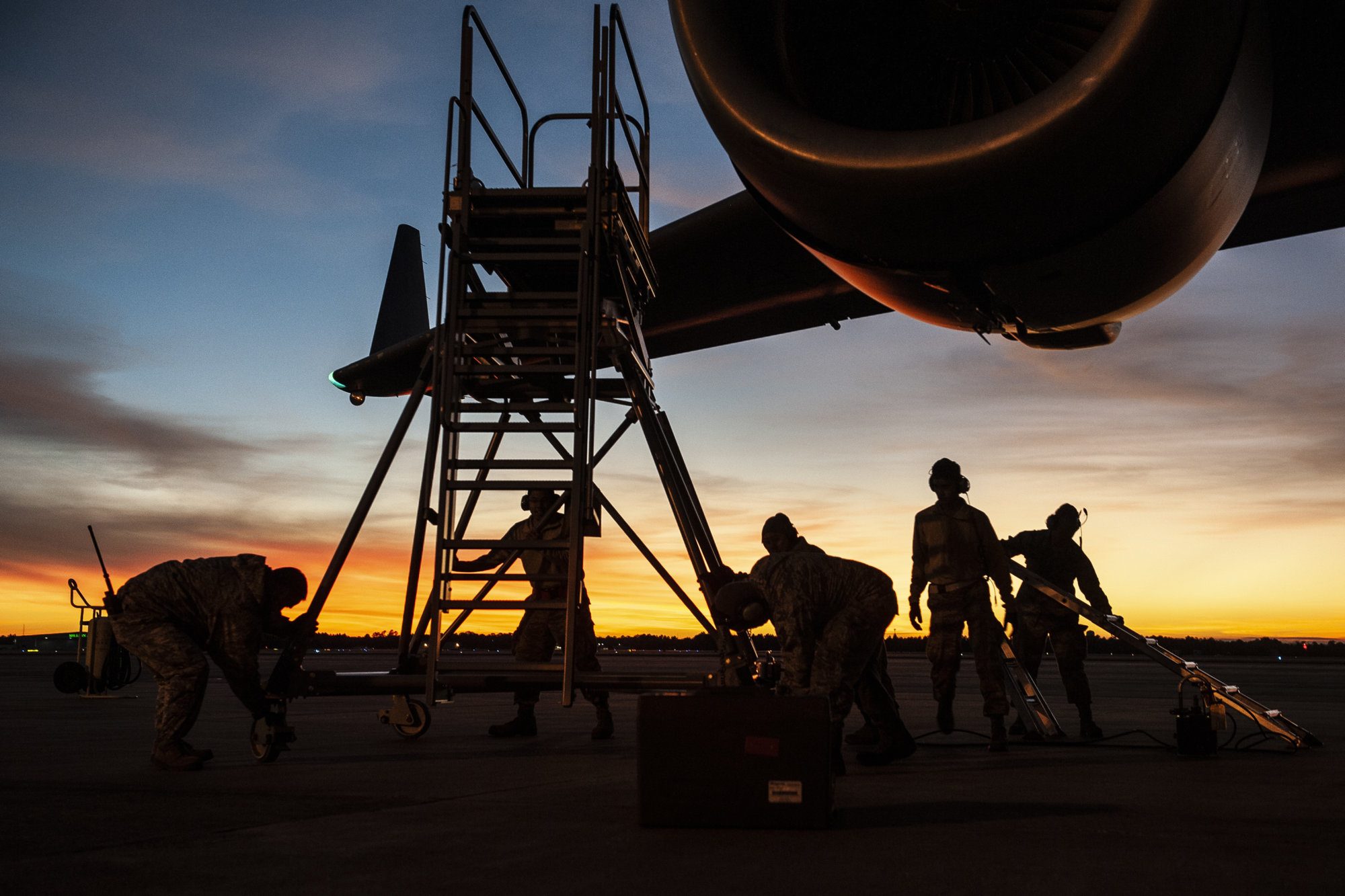
Growth is not just about aircraft force structure. Pilot production, maintenance capacity, and effective logistics will also prove critical to yielding credible, sustainable combat power in the future.
Growth is not just about aircraft force structure. Pilot production, maintenance capacity, and effective logistics will also prove critical to yielding credible, sustainable combat power in the future.
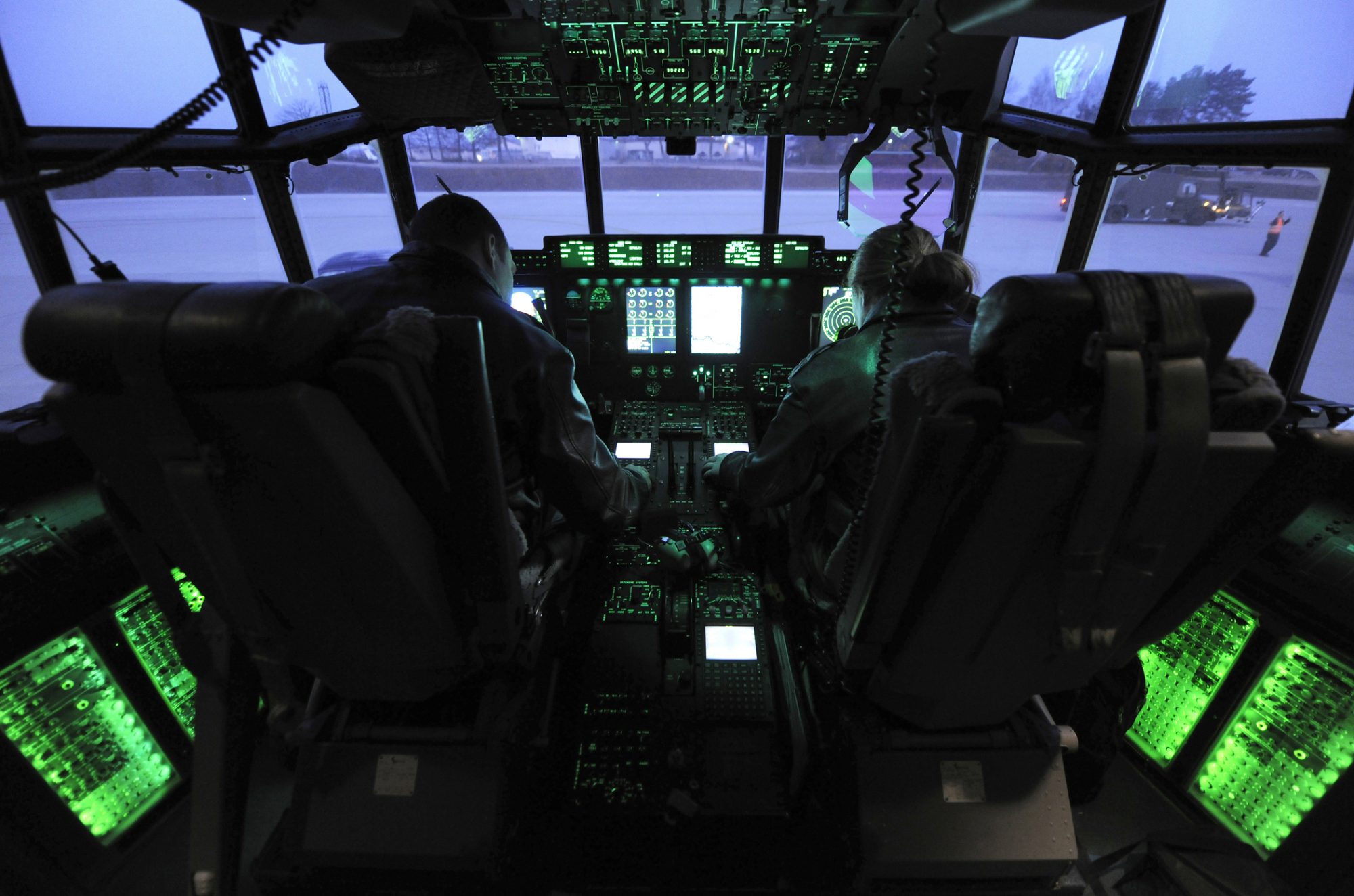
Modern aerospace power cannot function without robust space and cyberspace capabilities. Just like how smart phones revolutionized individual personal access to information, the combat cloud will stand as an increasingly essential operating construct in which all battle space assets collaboratively exchange information, cooperatively engage, and seek to harness a host of team strengths to mitigate points of vulnerability and best net combat goals.
Modern aerospace power cannot function without robust space and cyberspace capabilities. Just like how smart phones revolutionized individual personal access to information, the combat cloud will stand as an increasingly essential operating construct in which all battle space assets collaboratively exchange information, cooperatively engage, and seek to harness a host of team strengths to mitigate points of vulnerability and best net combat goals.
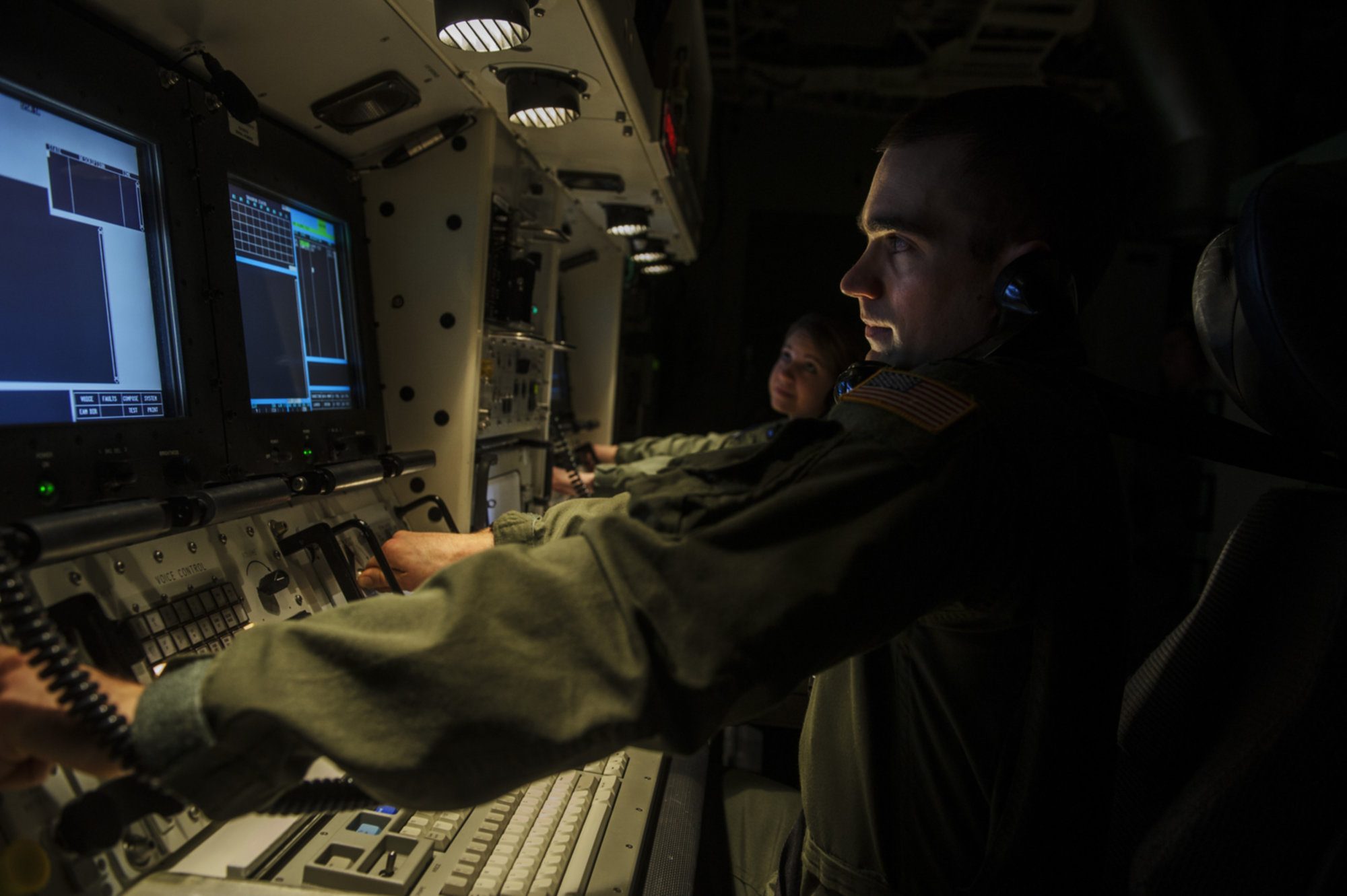
The Department of Defense clearly faces resource challenges. However, room for necessary investment can largely be found within existing budgets by conducting an honest review of roles and missions, while also shifting from a “unit cost” acquisition metric to a “cost-per-desired effect” measure of capability merit.
The Department of Defense clearly faces resource challenges. However, room for necessary investment can largely be found within existing budgets by conducting an honest review of roles and missions, while also shifting from a “unit cost” acquisition metric to a “cost-per-desired effect” measure of capability merit.
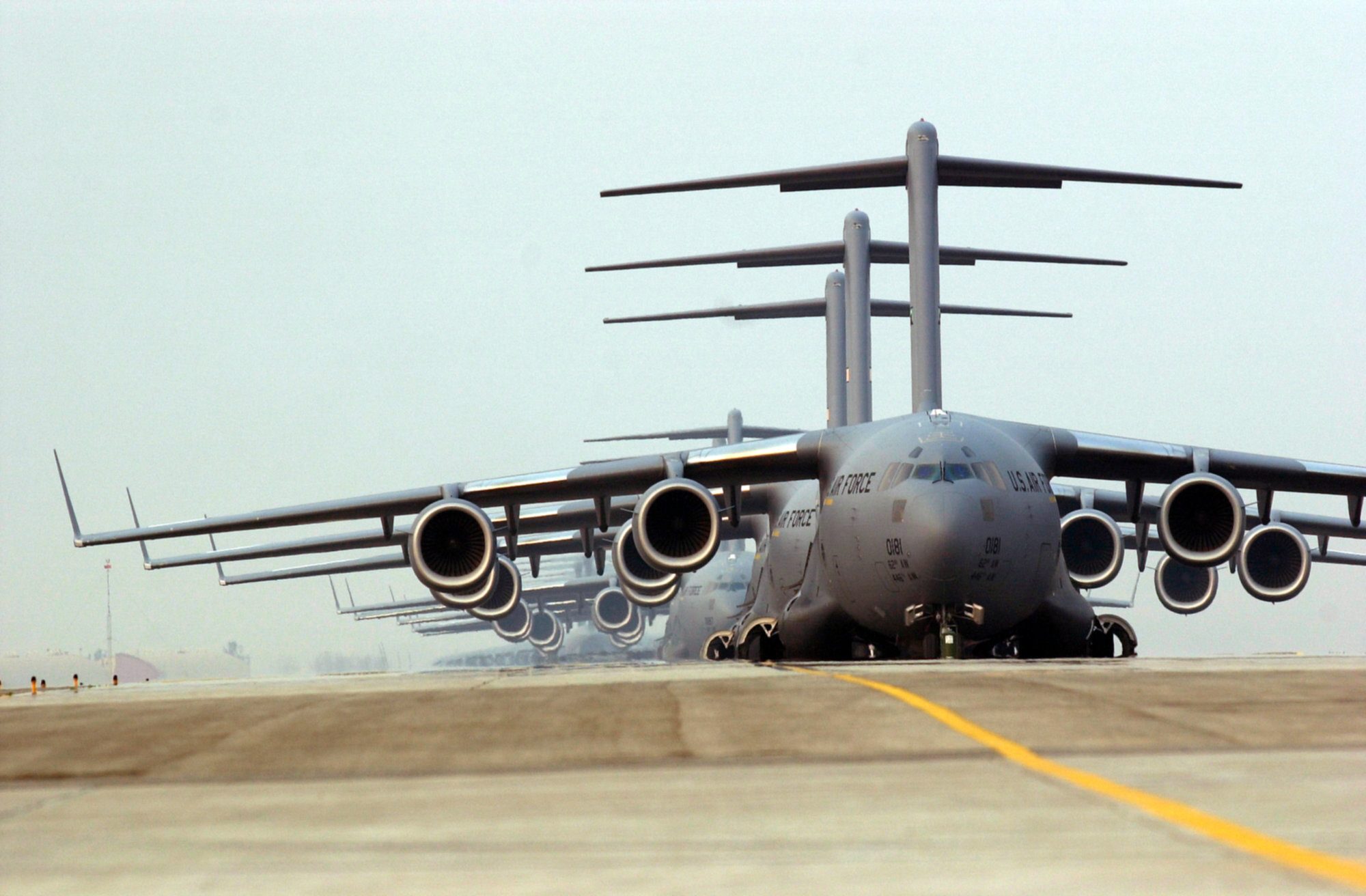
Finally, legacy operating constructs must be challenged from combatant commands to the military services. Past approaches executed through a given domain, or with certain assets, do not preclude the pursuit of more effective, efficient, survivable, and responsive mission alternatives.
Finally, legacy operating constructs must be challenged from combatant commands to the military services. Past approaches executed through a given domain, or with certain assets, do not preclude the pursuit of more effective, efficient, survivable, and responsive mission alternatives.
